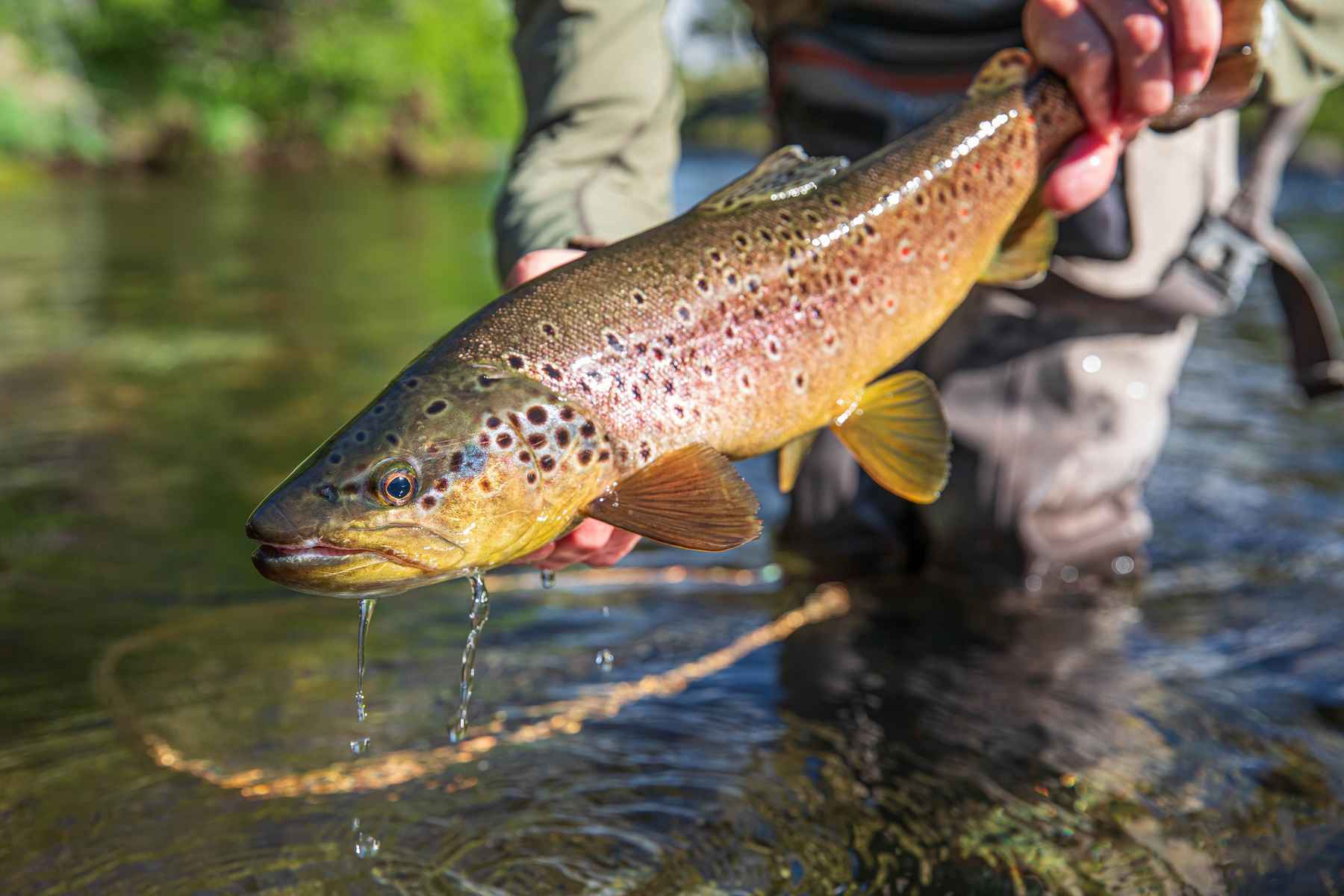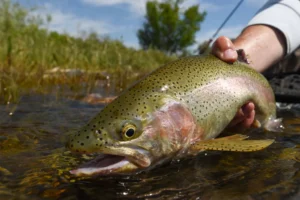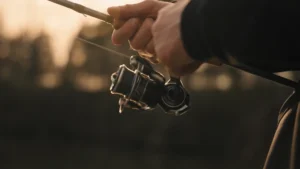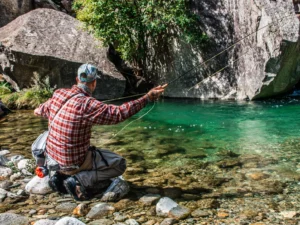Trout fishing is one of the most rewarding and accessible forms of angling. Whether you’re wading into a crystal-clear stream or casting from the shore of a tranquil lake, there’s something uniquely satisfying about the pursuit of trout. If you’re new to fishing or just looking to get started with trout, this beginner’s guide will help you gear up, find the right spot, and start catching fish in no time.
Understanding Trout
There are several types of trout, but the most commonly targeted by beginners are:
- Rainbow Trout – Known for their vibrant colors and fighting spirit, they’re commonly stocked in lakes and rivers.
- Brown Trout – A bit more elusive, often found in cooler, deeper waters.
- Brook Trout – A native species to many regions in North America, typically found in smaller streams.
Understanding the habits of these fish and the environments they thrive in is crucial to becoming a successful trout angler.
Essential Gear for Trout Fishing
You don’t need a mountain of equipment to get started. Here’s what you’ll need:
- Rod and Reel: A lightweight spinning rod (6-7 feet) paired with a matching reel is ideal for beginners.
- Fishing Line: 4- to 6-pound test monofilament works well for most trout fishing scenarios.
- Tackle: Start with basic lures like spinners (e.g., Panther Martin, Rooster Tail) or bait such as worms, PowerBait, or salmon eggs.
- Other Essentials: A fishing license (check your local regulations), polarized sunglasses, a net, and a tackle box.
Where to Fish for Trout
Trout prefer clean, cold, oxygen-rich waters. Look for them in:
- Rivers and streams with riffles and pools.
- Lakes that are regularly stocked.
- Mountain streams or spring-fed creeks.
Your local wildlife agency’s website is a great resource to find stocked waters and open seasons.
Basic Techniques for Beginners
- Still Fishing: Cast your bait and let it sit. Great for lakes and stocked ponds.
- Drift Fishing: Letting your bait drift naturally with the current in streams.
- Spinning: Using lures to mimic small fish or insects. Cast and retrieve at varying speeds.
Remember to keep your movements quiet and subtle, as trout are wary fish.
Catch and Release Tips
If you plan to release your catch:
- Use barbless hooks or crimp the barbs.
- Wet your hands before handling the fish.
- Release the trout gently back into the water as soon as possible.
Final Thoughts
Trout fishing is as much about enjoying nature as it is about the catch. Be patient, stay curious, and embrace the learning curve. The more time you spend on the water, the more you’ll understand the rhythms of trout and the environments they inhabit.
So grab your gear, find a quiet spot, and enjoy the journey into the world of trout fishing. Tight lines!








